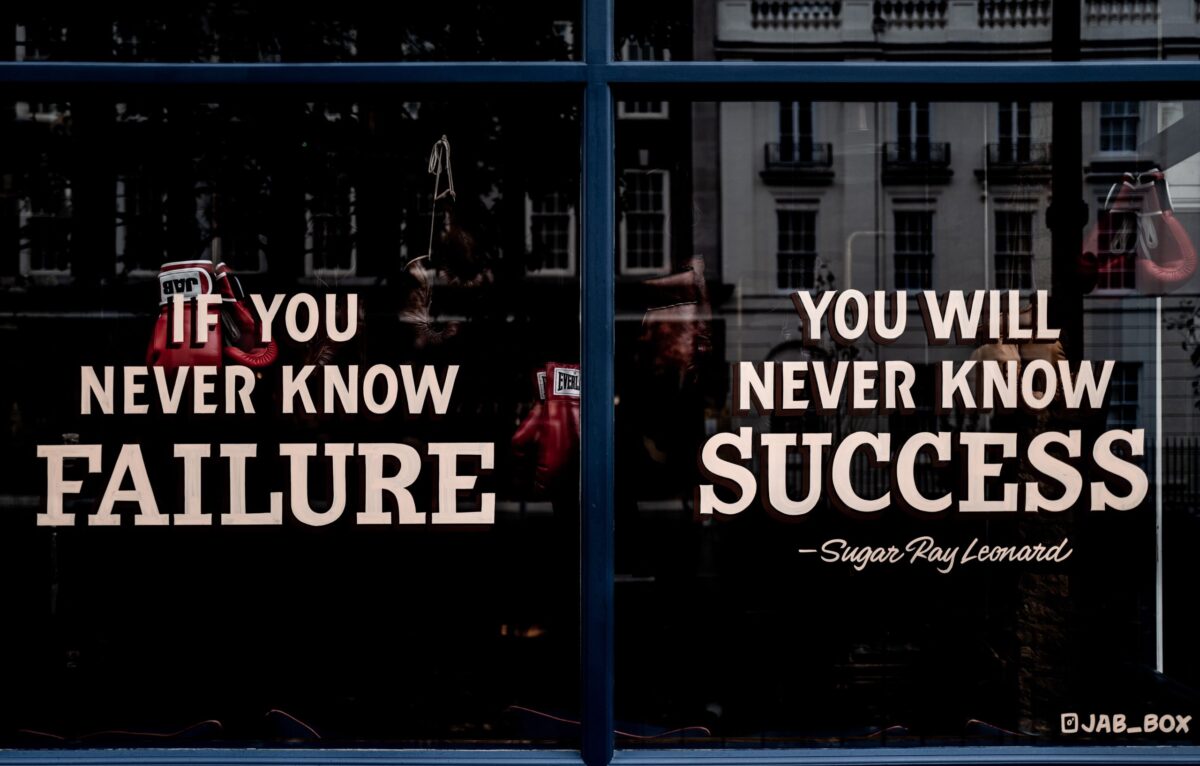
Online marketing is a technical sport that requires a lot of administration. That said, marketing tools are essential for managing your website and social media. Thankfully there are a lot of solutions out there to help you with your daily tasks. However, deciding which of these solutions to use is the tough part.
Every business is different. Because of this, I cannot recommend the exact marketing tools you need without knowing your business. However, my personal list will at least get you down the right path.
These are the tools that my customers and I use today:
Website Health Check
Diib starts as a free tool that checks the health of your website in terms of industry ranking. Amazingly, it will tell you what your website’s potential revenue earnings should be and what to do to get those earnings. It even provides social media objectives to improve your traffic.
Website Appointment Scheduling
Acuity Scheduling is a product that integrates into your website and allows people to make an appointment with you online. It syncs with your calendar to show people when you are available so they can choose a time that works for them. Once a time is chosen, they will receive a calendar invite, and you will simultaneously have an appointment in your calendar. Voila!
Acuity Scheduling is highly flexible and feature-rich. I recently used this for a website I did for a massage therapist because she wanted to be able to take SOAP notes in the application.
SEO
SpyFu is a highly robust tool. It analyzes the SEO of your website, content, advertising, etc. More than that, it has a clever function that allows you to enter a competitor’s website URL and research their SEO. It will show how your competitors rank, the search terms they are using, and how they compare to your own website.
AnswerThePublic collects keywords or keyphrases from Google’s auto-suggestions. Auto-suggestions is what you see when you begin to type in words or phrases into the Google search engine. Simply type in your term or phrase into this tool, and it will give you a report with all the related suggestions, including ranking.
Wordtracker is a keyword research tool that retrieves 1,000’s of profitable long tail keywords with up to 10.000 results per search. Very fast and easy to use.
Social Media Management
SocialPilot is a tool that allows you to post to multiple social media profiles. Not only that, but you can customize your message for each social channel then schedule everything in minutes. Furthermore, they just added the ability to boost posts on Facebook. There are many competitors in this space, but I have picked this one because it offers more social media integrations. More specifically, I like that they support Google My Business (Google’s answer to the retired Google+).
Tailwind is another excellent social media management tool, but it is specific to Instagram and Pinterest. Since IG and Pinterest are image-based based channels, they require different strategies. One of the most delightful features in Tailwind is how they support hashtags. They have a ‘Recently Used Hashtags’ function that will suggest highly-ranked hashtags and allow you to save your hashtags for future posts. Then there is their SmartLoop feature, which is a way for you to repost your most successful posts regularly.
Email and App Management for Multiple Profiles
Shift is an email and app manager for those that have multiple accounts. With this single tool, you house your multiple email accounts, social media profiles, financial solutions, CRM, and more. To my delight, it does NOT consolidate all my accounts into one account. Rather, it puts everything under one house while keeping everything separate. Very clever!
Email Marketing and Automation
ActiveCampaign is one of many email marketing tools out there today. I have chosen to use this tool for a specific functionality – email automation. Imagine someone signing up with you online, and then you can have ActiveCampaign send relevant email communications to them without you having to lift a finger. On top of that, the price is right! It’s only a few dollars a month.
Password Manager
Keeper is a top-rated password manager app and software that allows you to securely keep all your passwords in one place. We can all relate to the massive amount of passwords we have to keep track of on a personal level. Now just imagine what it’s like when you have the added complexity of tracking business passwords. One of the added benefits of Keeper is its browser extension, which automatically signs you in on websites that are in your Keeper Vault.
Royalty-Free Images, Videos & Music
Shutterstock has over 300 million royalty-free images, videos, and music tracks. While it’s always best to create your own visual and audio assets, not everyone wants to take the time necessary to do that. That said, this platform is one of the best in the business.
Envato Elements is your ultimate creative asset subscription. Get unlimited downloads of themes, plugins, graphics, photos, fonts, and more from just $16.50/month. Everything you need for your next project at one low price.
Graphic Design
Canva is a graphic design tool that anyone can use without spending big bucks on Adobe products. I often use this tool to create posts or infographics and publish to all my social media channels. It doesn’t stop there though. You can design and print business cards, flyers, brochures, and more. It’s free to get started, so check it out.
PlaceIt by Envato enables people of all skill sets to make beautiful designs, logos, mockups & videos in seconds. Our selection of design makers means no design skills or software is required to create professional results.
Prospecting
Sellhack is an online email collector. Have you been burned by buying email lists? The problem with lists is that they are old, while LinkedIn has the most up-to-date career information available. Sellhack allows you to pull email addresses from LinkedIn, verify them, and download them into a spreadsheet for use later. With the Google Chrome Extension, it is insanely easy to use.
Outbound Lead Generation
Replyify is a cold email solution. Traditional email marketing systems are for marketing to existing customers or people that have signed up for something on your website. Replyify is specifically made for the sales prospecting part of the business. It plugs into your email client so that the emails are coming directly from you (a person, not from a system). At the same time, you can create different personalized templates and schedule a series of automated emails. Once you’ve set it up, just load up your email list, schedule the times, and let the Replyify do the rest.
GMass is another cold email solution that is solely for Gmail and Google Docs users. This solution is excellent for companies that are boot-strapping. Their free version allows you to mail-merge and personalizes each email to 50 contacts a day. When you’re ready to invest a little money, it will give you unlimited contacts and auto-follow ups.
Copywriting
Grammarly is an excellent tool to check your writing. It checks your grammar, spelling, vocabulary, and punctuation. More than that though, it helps me keep my writing at an easy reading level for better SEO. It plugs into almost anything like your browser or computer and can inspect nearly any platform you are writing in.
Lead Generation & Conversions
Funnelytics is one of the marketing tools that help you plan, launch, and optimize your online marketing funnels. To boot, they provide funnel templates that others have had success with. If you’re a visual learning person, this is the tool for you!
Proposals
Better Proposals is an online resource to create great-looking electronic proposals. This product has a load of templates you can use, tracks your prospects’ activity with the proposal, and allows for electronic signatures.
I hope you find these marketing tools valuable. For more information, please contact us at KakVarley.com
Kak is a proud member of the C-Suite Network!
















